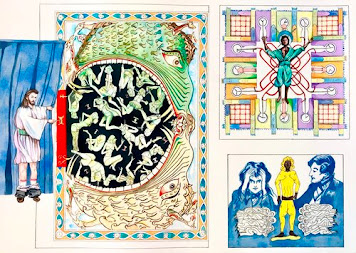Art History and Visual Arts at Barnard
Art History and Visual Arts at Barnard The Art History department teaches the history and practice of visual creativity. All people, at all times, around the world, have expressed their identities and their beliefs through visual art. From temple complexes to tea-cups, from quilts sewn with scraps to sculptures welded with tons of steel, art objects bring to us a knowledge of who we have been and how we shape our environments. Both our history and studio courses train students to observe the world more closely and interpret what they see. In our history courses, students study how art has occurred at the intersection of personal, technical, and social forces. In our studio courses, students learn to engage those forces using media ranging from traditional drawing to digital design. Thanks to Barnard’s location in New York City, the Art History department’s classrooms include some of the world’s most important museums and galleries. Courses are regularly taught at...
